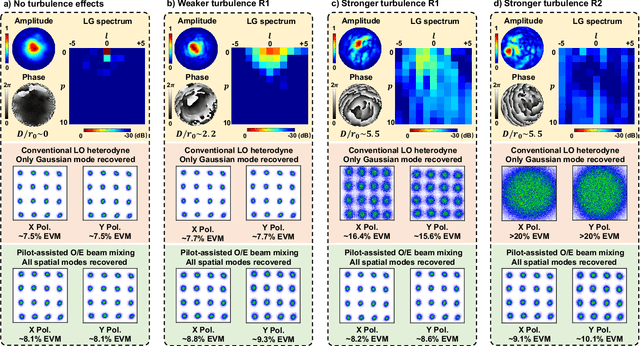Haoqian Song
TrackingMiM: Efficient Mamba-in-Mamba Serialization for Real-time UAV Object Tracking
Jul 02, 2025Abstract:The Vision Transformer (ViT) model has long struggled with the challenge of quadratic complexity, a limitation that becomes especially critical in unmanned aerial vehicle (UAV) tracking systems, where data must be processed in real time. In this study, we explore the recently proposed State-Space Model, Mamba, leveraging its computational efficiency and capability for long-sequence modeling to effectively process dense image sequences in tracking tasks. First, we highlight the issue of temporal inconsistency in existing Mamba-based methods, specifically the failure to account for temporal continuity in the Mamba scanning mechanism. Secondly, building upon this insight,we propose TrackingMiM, a Mamba-in-Mamba architecture, a minimal-computation burden model for handling image sequence of tracking problem. In our framework, the mamba scan is performed in a nested way while independently process temporal and spatial coherent patch tokens. While the template frame is encoded as query token and utilized for tracking in every scan. Extensive experiments conducted on five UAV tracking benchmarks confirm that the proposed TrackingMiM achieves state-of-the-art precision while offering noticeable higher speed in UAV tracking.
Turbulence-Resilient Coherent Free-Space Optical Communications using Automatic Power-Efficient Pilot-Assisted Optoelectronic Beam Mixing of Many Modes
Jan 25, 2021



Abstract:Atmospheric turbulence generally limits free-space optical (FSO) communications, and this problem is severely exacerbated when implementing highly sensitive and spectrally efficient coherent detection. Specifically, turbulence induces power coupling from the transmitted Gaussian mode to higher-order Laguerre-Gaussian (LG) modes, resulting in a significant decrease of the power that mixes with a single-mode local oscillator (LO). Instead, we transmit a frequency-offset Gaussian pilot tone along with the data signal, such that both experience similar turbulence and modal power coupling. Subsequently, the photodetector (PD) optoelectronically mixes all corresponding pairs of the beams' modes. During mixing, a conjugate of the turbulence experienced by the pilot tone is automatically generated and compensates the turbulence experienced by the data, and nearly all orders of the same corresponding modes efficiently mix. We demonstrate a 12-Gbit/s 16-quadrature-amplitude-modulation (16-QAM) polarization-multiplexed (PolM) FSO link that exhibits resilience to emulated turbulence. Experimental results for turbulence D/r_0~5.5 show up to ~20 dB reduction in the mixing power loss over a conventional coherent receiver. Therefore, our approach automatically recovers nearly all the captured data power to enable high-performance coherent FSO systems.
 Add to Chrome
Add to Chrome Add to Firefox
Add to Firefox Add to Edge
Add to Edge